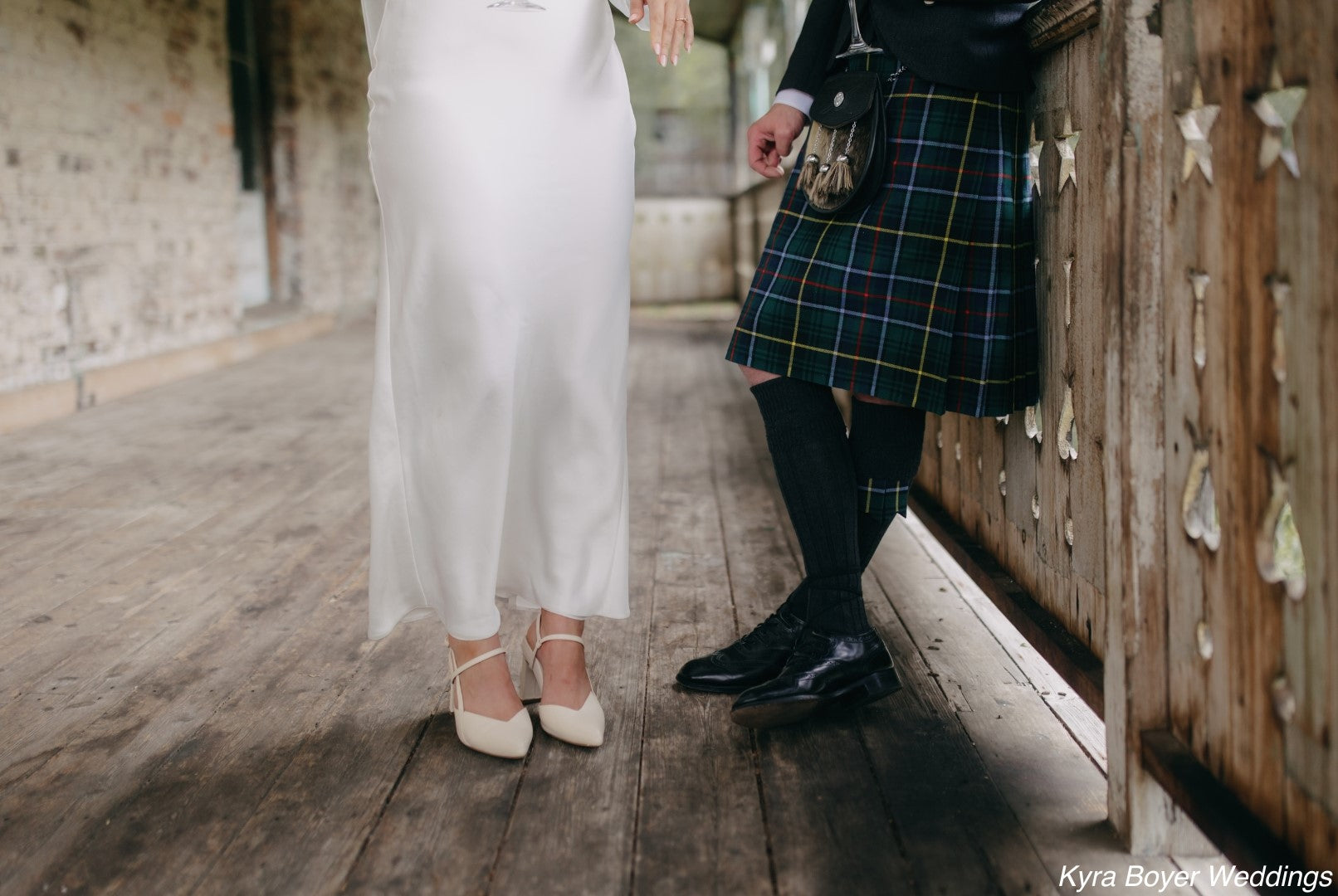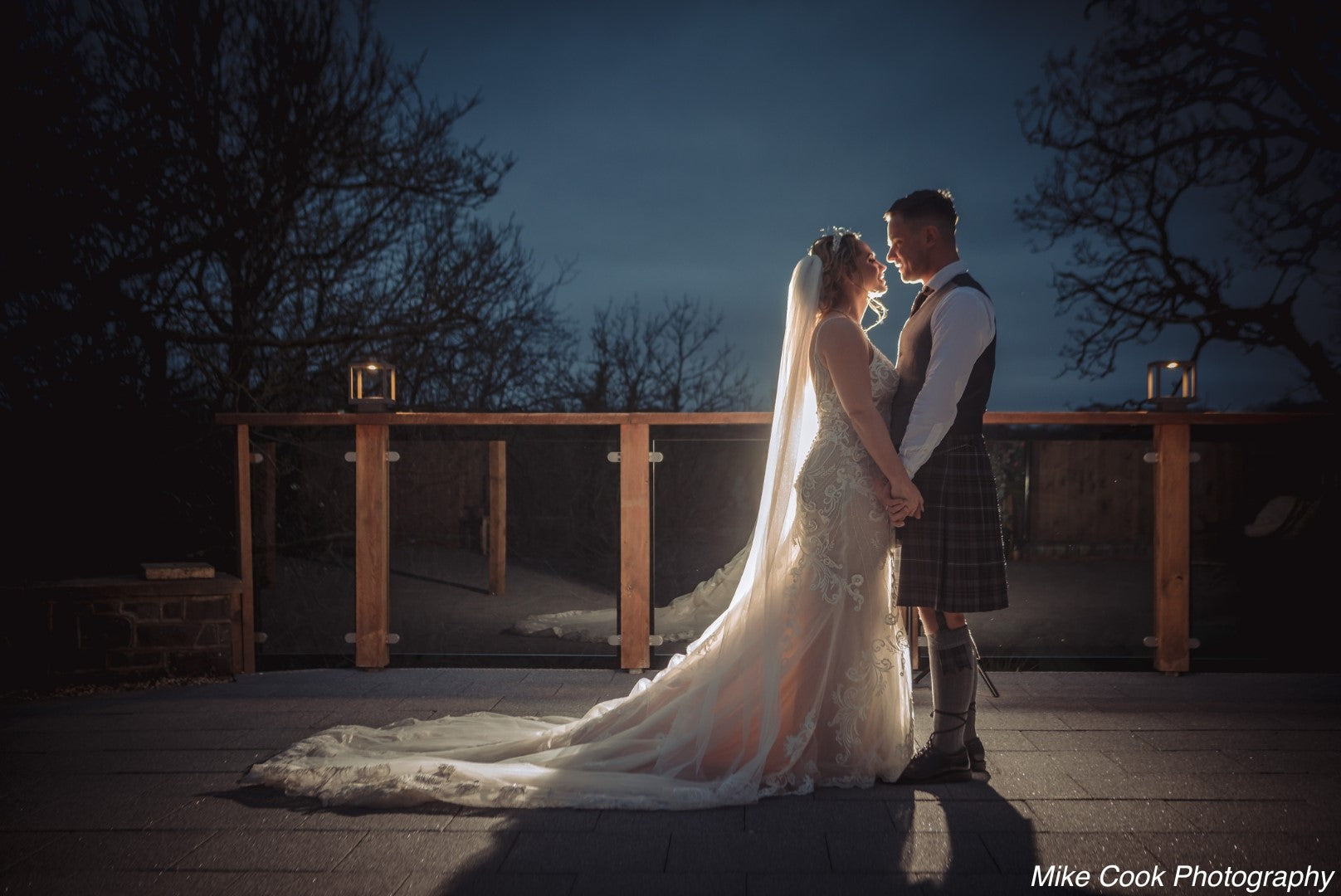When were kilts invented?
The relationship between Scotland and its kilts goes back many centuries, however, the date in which kilts were first invented, is rather unknown. The first documented mention of the féileadh-mór (or great kilt) can be found in books dating back to the 1500’s. As you can imagine, the great kilts' popularity would have been quite prevalent to have been worthy of documentation at that time. So it’s safe to say that the great kilt would have been invented sometime earlier. It’s thought that once sheep became readily available across Scotland that their wool would have been used to weave cloth. Woolen cloth was ideal for the Scottish climate as it was naturally weather resistant and extremely durable, two very important factors for highlanders of the time. The original great kilt was little more than a long length of woolen material that was wrapped around the body with the excess draped over the shoulder. The feileadh beag (or little wrap) was the first iteration of the kilt we know today. This shorter kilt started its evolution from the late 17th to early 18th century and became what you see today. The kilt has changed very little in style since then and the techniques used today to create a kilt are also surprisingly similar.

Are Kilts Cold?
As mentioned previously, wool does an extremely good job of being weather resistant. It is great at keeping the warmth in and the cold out. So while a kilt may have a large opening at the bottom, they are warm to wear, even in the depths of winter. There are stories of highlanders soaking the outer layers of their kilt in water during the winter months to create a frozen barrier between them and the rain. While this probably isn’t the best thing to do before your December wedding, it does explain how durable and practical a kilt can be when needed. However, if your December wedding is in the southern hemisphere and you're thinking that a kilt will be too warm, think again. While a 8-yard kilt can keep you nice and cosy, a 5 or 7-yard kilt can keep you equally cool in the heat. Even just a yard or two less of tartan material can transform a traditional kilt into a lightweight, travel-friendly version. So, no matter what, where, or when you wear it, you’ll be just the right temperature in a kilt. Our Starter Kilt Outfits are a great option for people looking for either a first kilt or a second travel-friendly kilt.

Are Kilts Comfortable?
The short answer is yes, kilts are extremely comfortable. A kilt is worn wrapped around the body and sits higher than a typical pair of trousers, roughly on or an inch above the navel. This gives a sensation of a gentle cuddle all around your midriff, there is hardly any pressure from a kilt. The kilt gives a restriction-free feeling that you can’t quite achieve, even from the baggiest of trousers. Now, what you wear on the top half of your kilt outfit is a different feeling. Often dress shirts can be quite restrictive and may not be very comfortable. If you are attending an event that requires a dress shirt, you’ll have that problem no matter what you wear over your legs. If the occasion is slightly less formal, why not choose to forgo the dress shirt and choose a ghillie shirt or wooly jumper instead? Both of these options will give you maximum comfort for the duration of your event. Just make sure you check with the host first as both are considered casual highlandwear attire.

Should I Buy A Kilt?
Economically speaking, if you plan to attend more than 6 occasions in your life that you would have hired a kilt for, then yes. Many people we speak to have reservations about buying a kilt outfit because of cost but as a kilt can last a lifetime and beyond, then simple math can help justify the upfront cost. There is also something quite special about owning your own kilt and knowing that at a moment's notice, you could be ready to attend even the most lavish of celebrations because your very own kilt outfit is in the wardrobe waiting. Check out our highlandwear range and pick out your favourite style.

